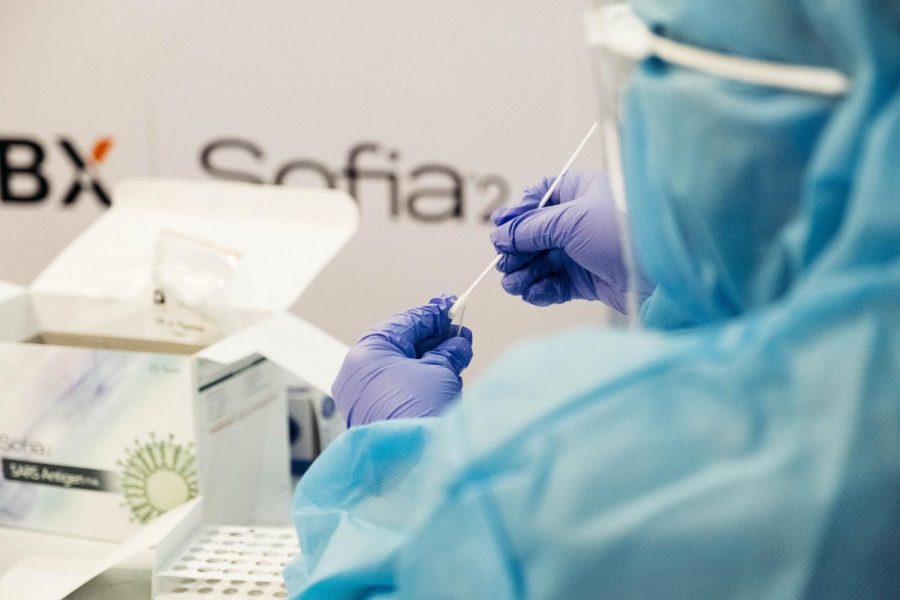With just over 12,000 COVID-19 cases in Hawaii, it is important to do your best to help stop the spread. Along with wearing a mask and social distancing, getting tested for COVID-19 can reduce infection rates. The process of getting tested can seem overwhelming and complicated to many, discouraging people from getting tested.
So, why is getting tested for COVID-19 important? When people are vigilant about getting tested, those who test positive are able to get care earlier. Early treatment can significantly reduce recovery time, especially for people who are high-risk (elderly or those suffering from health conditions). Also, investigators can begin working with Hawaii’s COVID-19 patients to identify who they were in close contact with while contagious and experiencing symptoms. Close contacts are people who were within six feet of the patient for at least fifteen minutes. From there, the close contacts will be notified and instructed to quarantine at home for fourteen days. They will also be recommended to get tested.
Who should get tested for COVID-19? If someone is experiencing symptoms of COVID-19, it is crucial for them to be tested. According to the Centers for Disease Control and Prevention (CDC), some symptoms are: fever or chills, cough, shortness of breath or difficulty of breathing, muscle/body aches, headache, new loss of taste and/or smell, sore throat, congestion or runny nose, nausea or vomiting, and diarrhea. Healthcare workers are often part of “high priority” groups to get tested, as they are on the frontlines of COVID-19. Some people are asked or referred to get tested by their healthcare provider if there is a possibility they have contracted the virus. It is not necessary for everyone to get tested, but if any of the above applies to you (or you feel that you should be tested for preventative measures), please take the proper precautions and get tested!
Where and how does COVID-19 testing take place? Most hospitals and urgent care facilities are open for testing. Oahu also has off-and-on free drive-thru testing. It is recommended to contact a healthcare provider to get more information about where and when to get tested. The most common type of COVID-19 test is the nasal swab. A healthcare worker will insert the swab about one to one and a half inches into the nostril, slowly twisting and rubbing along the insides of the nostril. This is repeated in both nostrils. Then, after approximately 3-4 days, results will (usually) be emailed.
Lily Engle ‘23 thinks “the government should be prioritizing the people and their well-being over the economy, so if that means prolonging the shut-down, closing certain things, or increasing testing, then they should be doing that because [the virus] is not going to go away if we keep prolonging it. I think things like testing show people that their well-being is important and that it’s going to be a necessary function if we’re going to be able to return to normal.”
“Until there’s a plan in place for consistent, affordable, and timely testing for individuals at every business, school, and institution statewide, we’re going to continue running into new waves of cases. Frequent testing seems especially important as tourism and schools start to open on a wider scale,” says Academy English teacher Mrs. Kaela Clapp.

